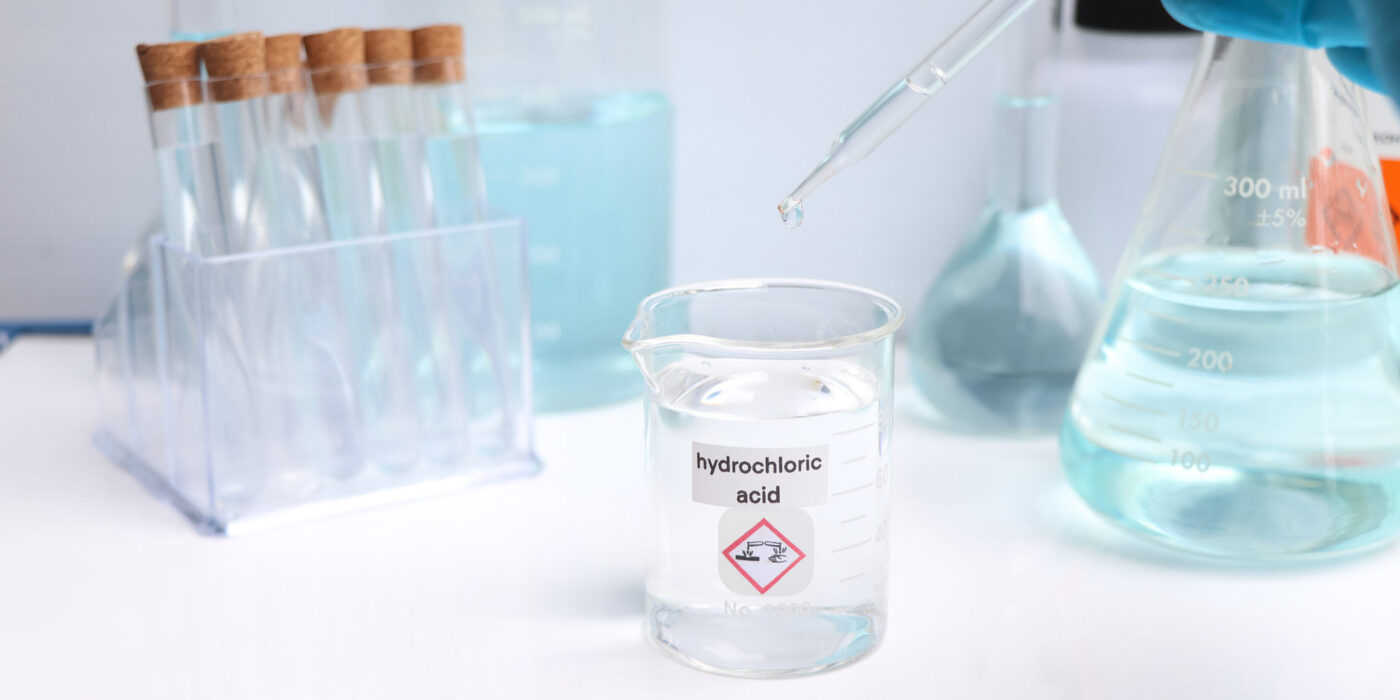Blog
Sodium Carbonate Hydrochloric Acid: Reaction and Uses
The sodium carbonate hydrochloric acid reaction is a well-known process in chemistry. When sodium carbonate (Na₂CO₃) and hydrochloric acid (HCl) mix, a chemical reaction occurs that produces carbon dioxide (CO₂), water (H₂O), and sodium chloride (NaCl). This process is commonly used in various industrial and educational applications.
The reaction can be written as follows:
Na₂CO₃ + 2HCl → 2NaCl + CO₂ + H₂O
This reaction shows how sodium carbonate reacts with hydrochloric acid, resulting in the release of carbon dioxide gas, which is evident by bubbling or fizzing during the reaction. This reaction is a great example of an acid-base reaction and is frequently demonstrated in chemistry experiments.
Understanding Sodium Carbonate
Sodium carbonate, also known as washing soda or soda ash, is a white, water-soluble compound. It is widely used in cleaning products, water treatment, and in the glass industry. Sodium carbonate is a basic compound, meaning it has a high pH and can neutralize acids, such as hydrochloric acid.
What is Hydrochloric Acid?
Hydrochloric acid (HCl) is a strong acid commonly used in various industrial processes, including metal cleaning, food processing, and pH regulation. In the human stomach, it plays a key role in digestion by breaking down food and killing harmful bacteria. It is a colorless solution with a pungent smell, and when it reacts with bases like sodium carbonate, a neutralization reaction takes place.
The Science Behind Sodium Carbonate Hydrochloric Acid Reaction
When sodium carbonate hydrochloric acid are mixed, they undergo a neutralization reaction. The carbonate ions from sodium carbonate react with the hydrogen ions from the hydrochloric acid to form carbon dioxide gas. This gas is released as bubbles, while sodium chloride, a common salt, is left behind.
This reaction is often demonstrated in classrooms because it visually shows a gas being produced. The release of CO₂ makes the reaction fun and engaging for students to observe. In industrial settings, this reaction can be used to remove carbonate deposits or to produce sodium chloride.
Common Uses of Sodium Carbonate and Hydrochloric Acid Reaction
The sodium carbonate hydrochloric acid reaction has several applications across various industries:
- Chemical Industry: The reaction helps in manufacturing sodium chloride, which is widely used in numerous applications, from food seasoning to industrial uses.
- Cleaning and Detergents: Sodium carbonate is a powerful cleaning agent and can neutralize acids like HCl in cleaning solutions.
- Laboratory Demonstrations: This reaction is commonly used in educational settings to demonstrate gas evolution and acid-base reactions.
- Water Treatment: Sodium carbonate is used to soften water, and its reaction with HCl can help balance the pH of water supplies.

Safety Considerations for Sodium Carbonate Hydrochloric Acid Reaction
When handling sodium and hydrochloric acid, it’s essential to follow proper safety guidelines to prevent accidents or injuries. Both chemicals have their hazards:
- Sodium Carbonate: Although generally safe in small amounts, prolonged contact with sodium carbonate can irritate the skin and eyes. It can also be harmful if ingested in large quantities.
- Hydrochloric Acid: HCl is a corrosive acid, meaning it can cause burns on the skin and damage the eyes. Inhaling its fumes can irritate the respiratory system.
Always wear protective gloves, goggles, and work in a well-ventilated area when handling these chemicals. If you are working with them in a laboratory or industrial setting, follow all safety protocols, including using fume hoods when appropriate.
Industrial Applications of Sodium Carbonate Hydrochloric Acid
The sodium carbonate hydrochloric acid reaction is valuable in many industries:
- Glass Manufacturing: Sodium carbonate is a key ingredient in making glass. During the glassmaking process, it reacts with other substances to create a final product. The use of hydrochloric acid helps in cleaning equipment and balancing pH levels.
- Food Industry: Hydrochloric acid is used in the production of food additives, while sodium is used in some baking processes.
- Pharmaceuticals: The neutralizing properties of sodium carbonate make it useful in developing medications that require pH balance.
Practical Examples of Sodium Carbonate Hydrochloric Acid Reaction
One simple experiment to observe the sodium hydrochloric acid reaction involves mixing a small amount of sodium with hydrochloric acid in a beaker. You’ll see bubbles of carbon dioxide gas forming almost instantly. This experiment demonstrates a typical acid-base reaction and is safe when done under controlled conditions.
Benefits of Sodium Carbonate Hydrochloric Acid Reaction in Various Sectors
- Efficient Neutralization: This reaction is highly efficient in neutralizing acids, making it an essential process in chemical production and water treatment.
- Cost-Effective: Sodium carbonate and acid are both inexpensive chemicals, making this reaction affordable for industrial applications.
- Versatility: The uses of this reaction span across many sectors, from manufacturing to education, making it a versatile and valuable process.
Environmental Impact of Sodium Carbonate Hydrochloric Acid Reaction
While the sodium hydrochloric acid reaction is safe and useful, it’s essential to handle it responsibly. In industrial settings, the chemicals involved must be disposed of according to environmental regulations. The carbon dioxide gas produced in the reaction is a greenhouse gas, and while small amounts released in a laboratory may be negligible, large-scale industrial processes need to consider their environmental footprint.
Conclusion
The sodium hydrochloric acid reaction is a fascinating and useful chemical process with applications in education, industry, and beyond. Whether you’re a student learning about chemistry or a professional using this reaction in manufacturing, understanding the science and safety behind it is essential.

Pingback: What Happens When HCl Reacts with Sodium Hydrogen Carbonate? - Lablink Solutions